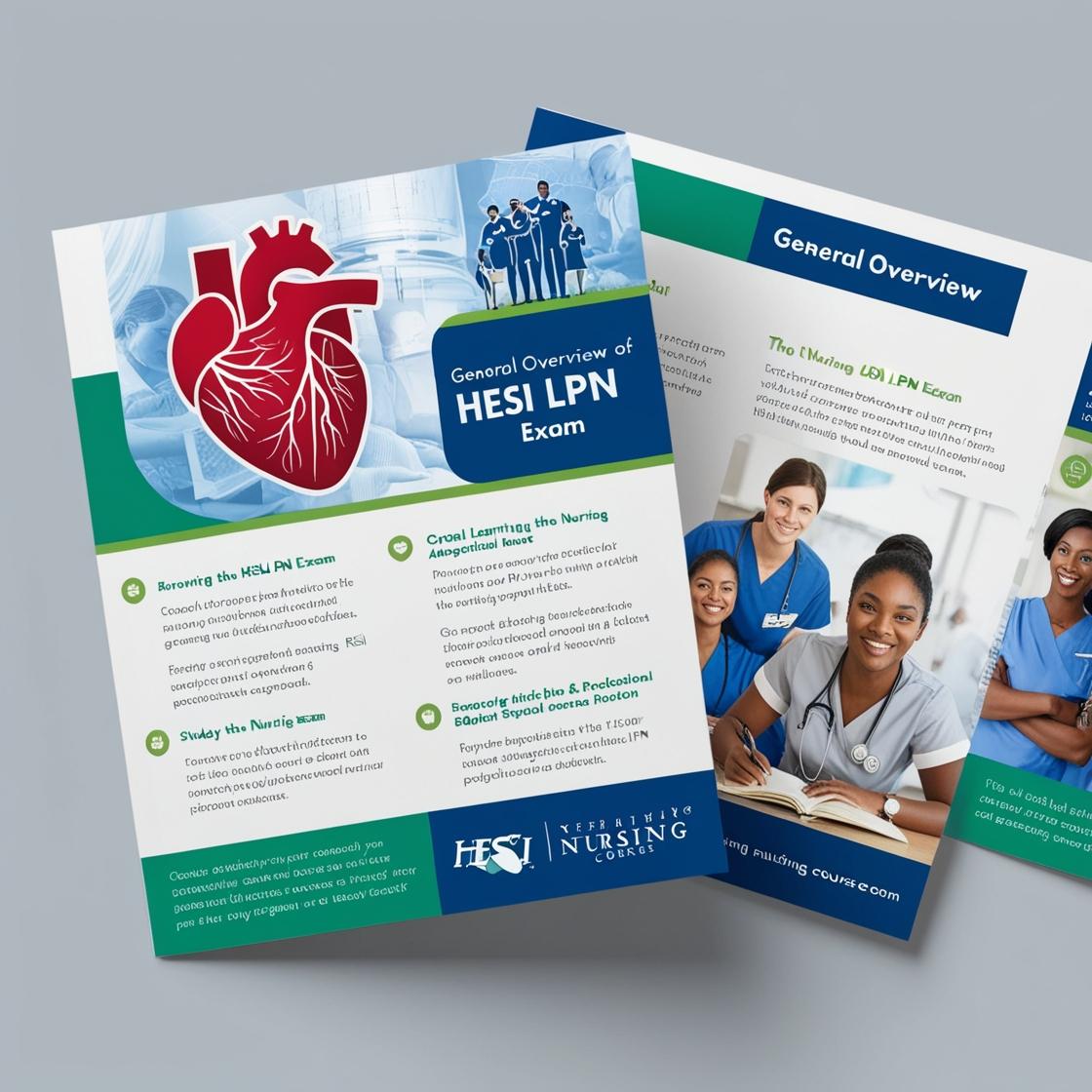HESI LPN
Maternity HESI Test Bank
1. Which of the following statements is a symptom of cystic fibrosis in children?
- A. Cystic fibrosis leads to uncontrollable muscle movements and personality changes.
- B. Cystic fibrosis leads to the excessive production of thick mucus that clogs the pancreas and lungs.
- C. Cystic fibrosis causes red blood cells to clump together, obstructing small blood vessels and decreasing the oxygen supply.
- D. Cystic fibrosis causes the central nervous system to degenerate, resulting in death.
Correct answer: B
Rationale: The correct answer is B. Cystic fibrosis is a genetic disorder that causes the body to produce thick, sticky mucus. This mucus can clog the airways in the lungs and obstruct the pancreas, leading to severe respiratory and digestive problems. Choice A is incorrect because uncontrollable muscle movements and personality changes are not typical symptoms of cystic fibrosis. Choice C is incorrect because cystic fibrosis does not directly cause red blood cells to clump together and obstruct small blood vessels. Choice D is incorrect because cystic fibrosis primarily affects the respiratory and digestive systems, not the central nervous system.
2. Do dizygotic (DZ) twins run in families?
- A. Yes
- B. No
- C. Rarely
- D. Never
Correct answer: A
Rationale: Yes, dizygotic (DZ) twins can run in families. This is due to genetic factors that influence hyperovulation, where a woman releases multiple eggs during her menstrual cycle. This genetic predisposition can be passed down through generations, increasing the likelihood of having dizygotic twins. Choices B, C, and D are incorrect because the statement that dizygotic twins run in families is true, as supported by scientific evidence. It is important to note that while the genetic predisposition for dizygotic twins can run in families, it does not guarantee that every generation will have twins, as other factors also play a role in twin pregnancies.
3. A prenatal educator is teaching a class about false labor. Which of the following information should the educator include?
- A. Contractions will become more intense with walking
- B. There will be dilation and effacement of the cervix
- C. There will be bloody show
- D. Contractions will become temporarily regular
Correct answer: D
Rationale: The correct answer is D. False labor contractions, also known as Braxton Hicks contractions, are typically irregular and do not lead to cervical dilation or effacement. They are often described as sporadic and temporary, becoming temporarily regular. Choices A, B, and C are incorrect because false labor contractions do not intensify with activity, do not cause cervical changes like dilation and effacement, and are not associated with the presence of a bloody show.
4. After mitosis, the genetic code is identical in new cells unless _________ occur through radiation or other environmental influences.
- A. reductions
- B. expulsions
- C. conceptions
- D. mutations
Correct answer: D
Rationale: After mitosis, the genetic code is typically preserved and remains identical in the new cells. However, mutations can occur due to radiation or environmental influences, leading to changes in the DNA sequence and potentially altering the genetic code. Therefore, the correct answer is 'mutations.' Choices A, B, and C are incorrect because reductions, expulsions, and conceptions do not accurately describe the changes in the genetic code that can result from external factors. Mutations are the only option that reflects the alteration in the genetic code caused by external influences, making it the correct choice in this context.
5. A 25-year-old gravida 3, para 2 client gave birth to a 9-pound, 7-ounce boy 4 hours ago after augmentation of labor with oxytocin (Pitocin). She presses her call light and asks for her nurse right away, stating 'I’m bleeding a lot.' What is the most likely cause of postpartum hemorrhage in this client?
- A. Retained placental fragments.
- B. Unrepaired vaginal lacerations.
- C. Uterine atony.
- D. Puerperal infection.
Correct answer: C
Rationale: Uterine atony is the most likely cause of bleeding 4 hours after delivery, especially after delivering a macrosomic infant and augmenting labor with oxytocin. Uterine atony is characterized by the inability of the uterine muscles to contract effectively after childbirth, leading to excessive bleeding. The other options, such as retained placental fragments (A), unrepaired vaginal lacerations (B), and puerperal infection (D), are less likely causes of postpartum hemorrhage in this scenario. Retained placental fragments can cause bleeding, but this typically presents earlier than 4 hours postpartum. Unrepaired vaginal lacerations would likely be evident sooner and not typically result in significant bleeding. Puerperal infection is not a common cause of immediate postpartum hemorrhage unless there are other signs of infection present.
Similar Questions

Access More Features
HESI LPN Basic
$69.99/ 30 days
- 50,000 Questions with answers
- All HESI courses Coverage
- 30 days access @ $69.99
HESI LPN Premium
$149.99/ 90 days
- 50,000 Questions with answers
- All HESI courses Coverage
- 30 days access @ $149.99
